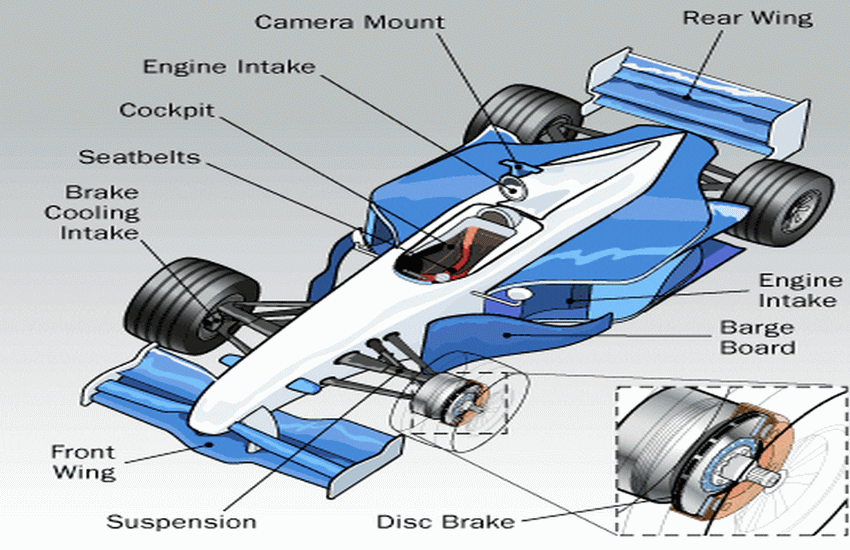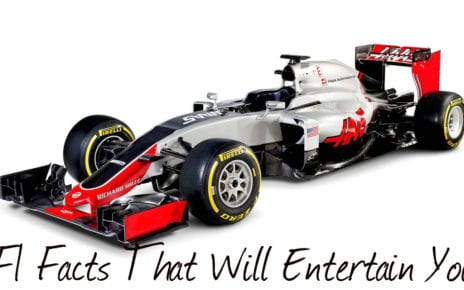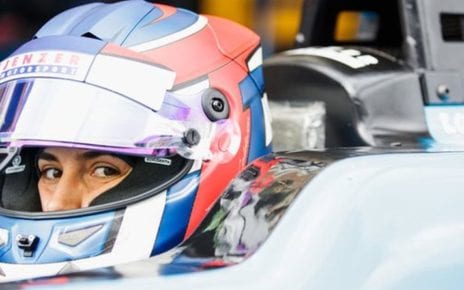2. Transmission, Aerodynamics and Suspension
Transmission sends all the power to the rear wheels. It has all the usual parts. The gearbox has a maximum of seven gears, with an additional reverse gear. The rear wheels run at different speeds during corners, so transmission is very important.
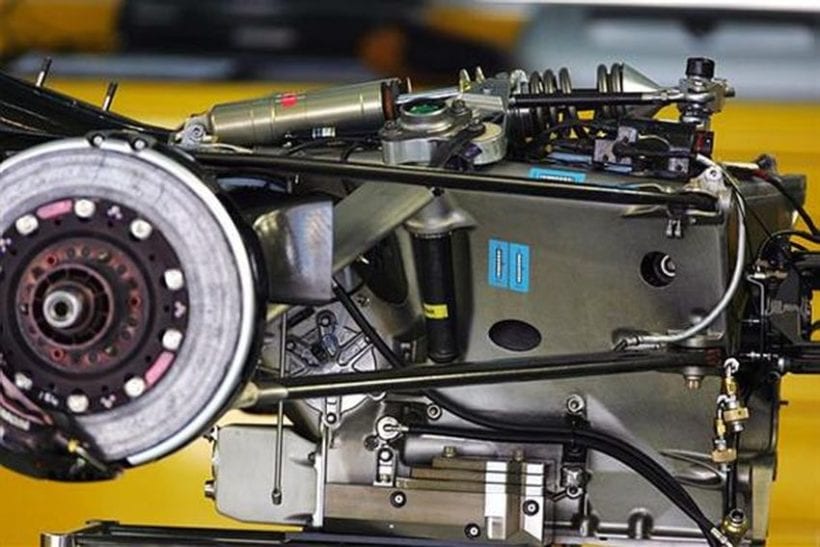
The gear shifting is not the same as in normal cars. The drivers use paddles behind the wheel to switch between them. Upshifting and downshifting are done on different sides. Automatic gearboxes are banned, so drivers need to use their skills during the race when shifting.
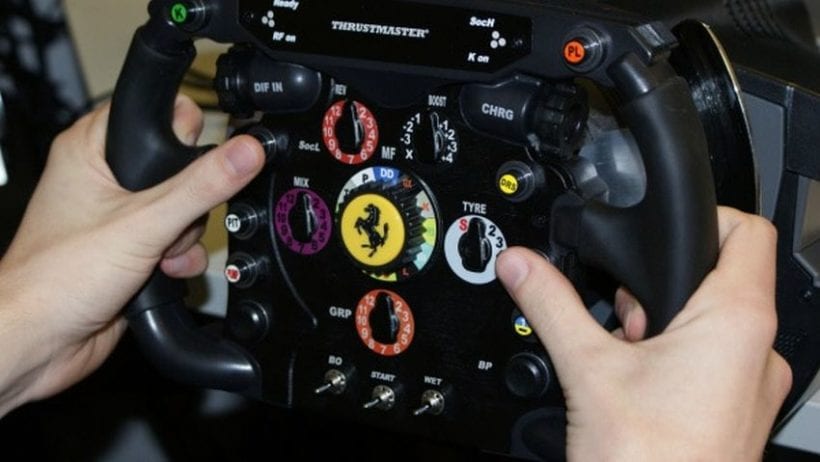
Aerodynamics is extremely important for an F1 car. Air resistance and downforce are crucial. The wings produce downforce, which holds the car onto the track. They appeared in 1960 and are immensely important during corners. Both rear and front wings are adjustable for the best air resistance and downforce balance.
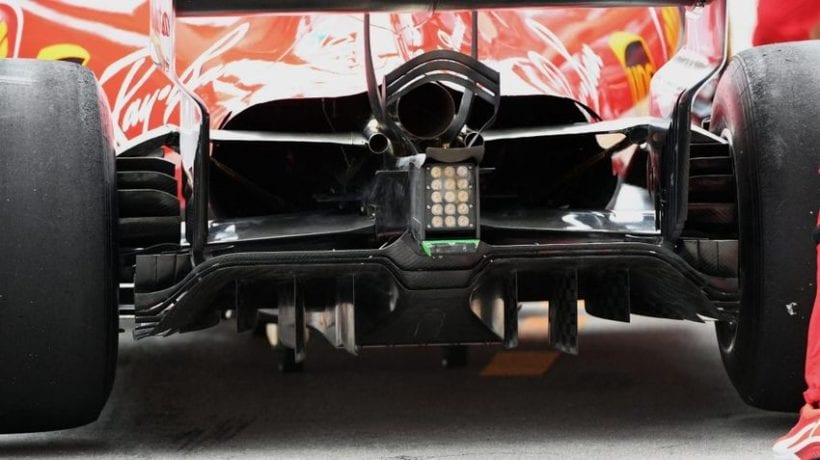
Most cars today also have a diffuser under the engine. It creates a suction effect and provides air to the back of the car. Endplates are small edges of the front wing that gain additional air, while the barge boards that generate more downforce are behind the rear wheels.
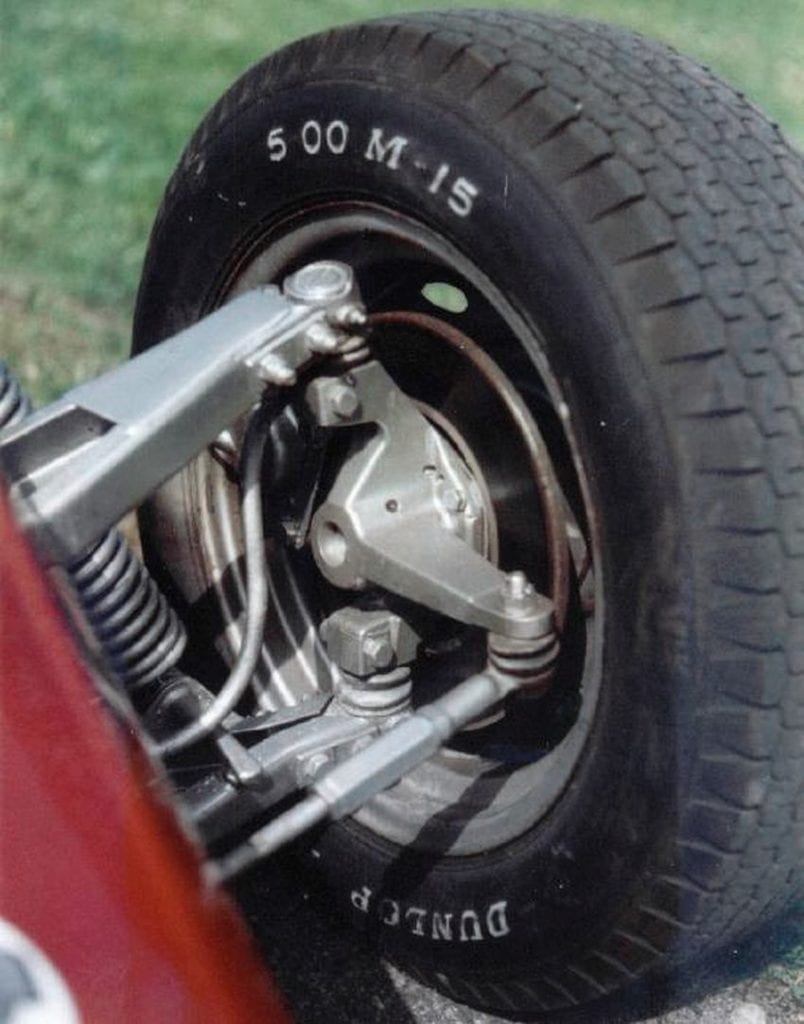
Most F1 cars have a double wishbone suspension, which are tweaked before every race for safety during braking and cornering. It has all of the same parts as regular suspensions, but again meant for speed on the F1 grid.

